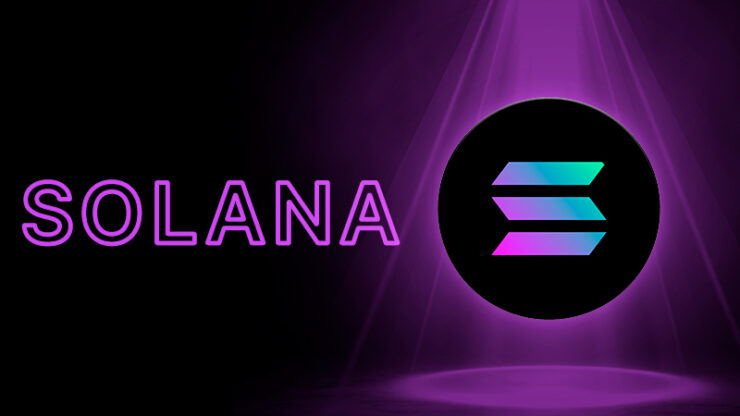Solana has become one of the most recognized Layer 1 blockchains in the Web3 ecosystem, known for its high performance and growing developer activity. Since launching in 2020, it has positioned itself as a scalable, low-cost alternative to Ethereum, with a strong focus on speed, user experience, and real-world adoption.
Overview
Solana is a Layer 1 blockchain designed to support decentralized applications at scale, offering extremely high transaction throughput and near-instant finality. As a Layer 1 protocol, it operates independently of other chains and doesn’t rely on Ethereum or any other base network for security or execution.
What sets Solana apart is its non-EVM architecture, meaning it doesn’t use the Ethereum Virtual Machine. Instead, Solana introduced its own runtime and programming environment optimized for speed and efficiency, using Rust and C-based languages instead of Solidity. While this creates a steeper learning curve for Ethereum developers, it allows Solana to push technical boundaries in throughput and latency.
Key Features
- High Throughput: Solana’s network is capable of processing up to 65,000 transactions per second (TPS) in ideal conditions. This performance is enabled by Proof of History (PoH), a novel timestamping mechanism that helps the network order transactions without waiting for global consensus.
- Low Fees: Average transaction fees on Solana remain well below $0.01, making it cost-effective for both developers and users—especially compared to the higher gas fees on Ethereum during periods of congestion.
- Fast Finality: Transactions on Solana finalize in approximately 400 milliseconds, offering near-instant confirmation times. This is particularly beneficial for DeFi apps and on-chain trading platforms where speed is critical.
Monolithic Architecture: Unlike modular chains that split execution, consensus, and data availability across multiple layers, Solana is a monolithic chain, meaning everything happens on a single chain. This simplifies the developer experience but places higher demands on validator hardware.positive trends.
Ecosystem Activity

Solana’s ecosystem has expanded rapidly, especially in sectors like DeFi, NFTs, gaming, and consumer apps. Highlights include:
- Jupiter, one of the most-used decentralized exchanges across any chain.
- Magic Eden, a leading NFT marketplace with a strong user base.
- Helium and Render, real-world infrastructure projects that migrated to Solana.
- Saga, Solana’s mobile phone initiative aimed at integrating Web3 into native mobile experiences.
In 2023 and early 2024, Solana saw a resurgence in developer activity, with increasing Total Value Locked (TVL), daily active users, and new protocol launches. Its DePIN (Decentralized Physical Infrastructure Networks) narrative has also drawn attention from Web2 tech and telecom circles.
Funding and Backers
Solana Labs has been backed by leading investors such as Andreessen Horowitz (a16z), Multicoin Capital, Jump Crypto, and FTX Ventures (prior to FTX’s collapse). While the ecosystem faced reputational challenges due to the FTX fallout in 2022, Solana has since regained momentum and community trust.
The Solana Foundation continues to support the growth of the ecosystem through grants, developer programs, and community outreach.
Token Utility
The native token, SOL, serves multiple functions within the network:
- Transaction fees: All activities on the Solana network require SOL for gas.
- Staking: Validators and delegators stake SOL to secure the network and earn rewards.
- Governance: While governance mechanisms are evolving, SOL will play a role in protocol upgrades and network decisions.
Why It Matters
Solana offers one of the most performant infrastructures in the blockchain space, delivering a user experience that mirrors Web2 apps in speed and cost. While it sacrifices EVM compatibility, it provides a strong foundation for high-frequency applications such as trading, gaming, and consumer-facing apps.
Its ability to attract real-world projects, rapidly growing ecosystem, and support for high-throughput use cases have solidified its role as a leading Layer 1. As the Web3 space matures, Solana continues to serve as a benchmark for scalability, pushing the limits of what’s possible on-chain.
For more information, visit solana.com or follow their updates on Twitter.





